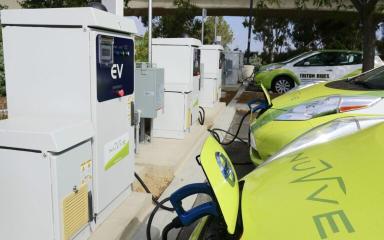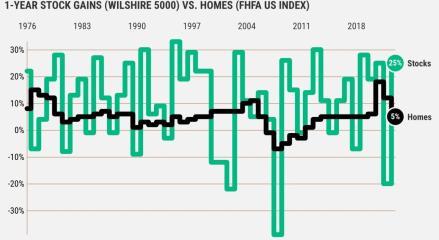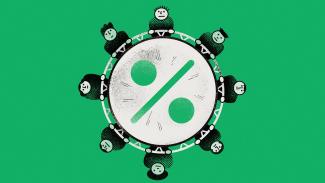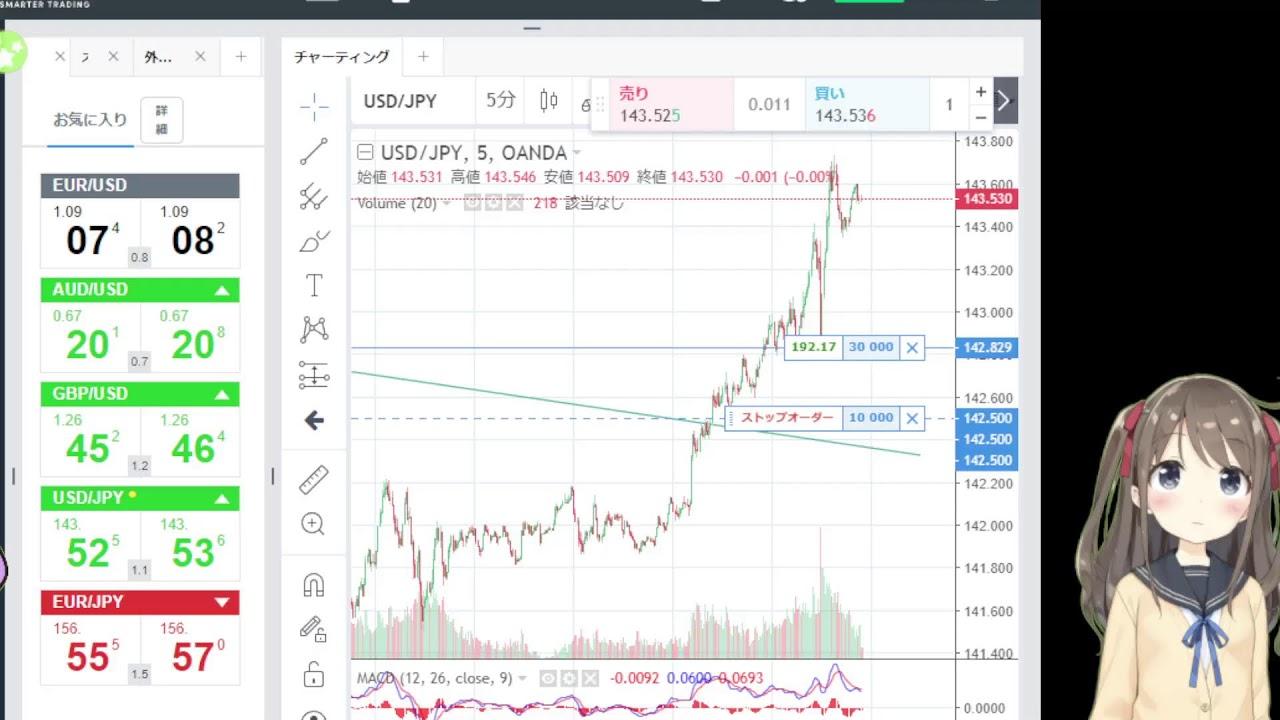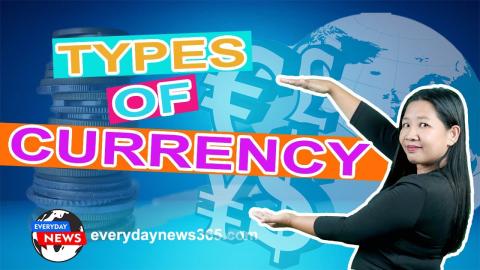A "floating exchange rate system" is a monetary system in which exchange rate movement is left to the market. The more popular currency is bought and the less popular currency is sold by entrusting the relative value changes between the currency of one's country (region) and the foreign currency to the market's supply and demand balance. The currency exchange rate fluctuates.
The "floating exchange rate system" is mostly used for currency pairs that may be traded on Forex, such as the Japanese yen, US dollar, euro, British pound, and Australian dollar.
If the exchange rate is particularly volatile in one direction, currency authorities, such as the Ministry of Finance, will purchase and sell currencies in the foreign exchange market on their own or in collaboration with currency authorities from other nations. Since "interventions" are possible, it's safe to state that no government has fully implemented a "floating exchange rate system."
The "fixed exchange rate system" is a monetary system in which the exchange rate between the domestic currency and foreign currencies is fixed. A "single currency fixed system," in which the rate of a single foreign currency, such as the US dollar, is fixed, and a "currency basket system," in which the rate is fixed to a rate composed of many currencies.
The "managed floating exchange rate system" primarily leaves the exchange rate fluctuation to the market's supply and demand balance, but the government of the country and the government of the country work together to keep the exchange rate fluctuation range within a specific range. A monetary system in which a central bank is in charge. The "Chinese yuan" is well-known for being a currency that uses a "managed floating exchange rate system."
Several countries and regions today have a "floating exchange rate system," whereas industrialized countries, such as Japan, used to have a fixed exchange rate system. From April 1949 to April 1973, the value of the yen was set against the US dollar for 24 years, with "1 US dollar = 360 ¥" from April 1949 to August 1971 and "1 US dollar = 306 yen" from August 1971 to April 1973. Once upon a time, I was there.
1-2e. What is the difference between a “CONTROLLED FLOATING EXCHANGE RATE SYSTEM,” a “FIXED EXCHANGE RATE SYSTEM,” and a “FLOATING EXCHANGE RATE SYSTEM”?
Technical buy / Sell Rating
Sentiments
Educational Videos
Live Forex Trading
What is Forex?
Types of Currency
Base and Quote Currency






